CBD for Pets

CBD oil has gained popularity recently for its numerous health benefits, leading many people to wonder if they can give it to their pets. While CBD can come from either marijuana or hemp plants, CBD cannot actually get a pet “high”. Most CBD comes from hemp plants – not marijuana plants, which contain a higher […]
Papillion with a Cough

This e-mail from Michigan demonstrates how a raw diet free from cheap fillers can help with allergies. “I just wanted to share my story as it is a true success! We have a 15-year-old Papillon that is just 5 pounds. The last several years she suffered from a bad cough. They could never really explain […]
Giving Thanks With Our Pets

Gobble Gobble, it is almost Turkey day! At Steve’s Real Food we are thankful for many things, especially our pets which is why we want to share some helpful tips, and fun facts for you and your pets for this lovely holiday. Quick Fact: Thanksgiving is the number 1 holiday for emergency vet visits. This […]
Taylor’s Arthritis

Here is an e-mail that comes to us from Pahrump, Nevada. Taylor is participating in our veterinary feeding trial. We have given Taylor 60 days worth of free food while he is being supervised by his veterinarian for arthritis. “Taylor just had his 30 day check up with Dr. Henseler last Saturday. I’m pleased with […]
Hope’s Story

Here is a letter that came to us from Longwood, Florida. Not only is diet important for maintaining health, but as Kathy’s letter shows, diet can be a valuable tool for overcoming disease and illness.“My name is Kathy Cochran and I do Sheltie Rescue in Longwood, Florida. I thought you might be interested to know […]
Stomach Upset 9-Year-Old Greyhounds

“We have two retired greyhounds both age are 9 years old. Our male was very ill for two years with stomach upsets, etc. We thought we were going to lose him. So , I got on the Internet and found you. He recouped in one month after eating the frozen nuggets. Our vet was amazed […]
Shiba Inu Picky Eater

“I have a very picky 1.5 y.o. female Shiba Inu. She isn’t a big eater to begin with and tends to be on the thin side. After kenneling her for 10 days at a no-cage kennel, she was burning off all of the calories she was taking in. Needless to say, she came back about […]
Testimonials

Here is some of our customer feedback: Nana a Bully with Cancer on Raw Pet Food “I think Nana is doing so well because she has such a healthy immune system thanks in no small part to Steve’s. She has a sizable mass in one lung found due to an x ray for something else, […]
Retailer Success Story
Our retailers are on the front line of spreading the message of Raw, and we appreciate their efforts so much! Their stories give a face to our product, and it helps us keep us motivated to bring good health to more pets. Check out this story shared by Kaitlin Freerks, from Bark!
Janis’ Story

Here is a letter that came to us from Eagle, Wisconsin. Not only is diet important for maintaining health, but as Janis’s letter shows, diet can be a valuable tool for overcoming disease and illness. “I just wanted to take this opportunity to tell you what a tremendous difference your dog food has made for […]

